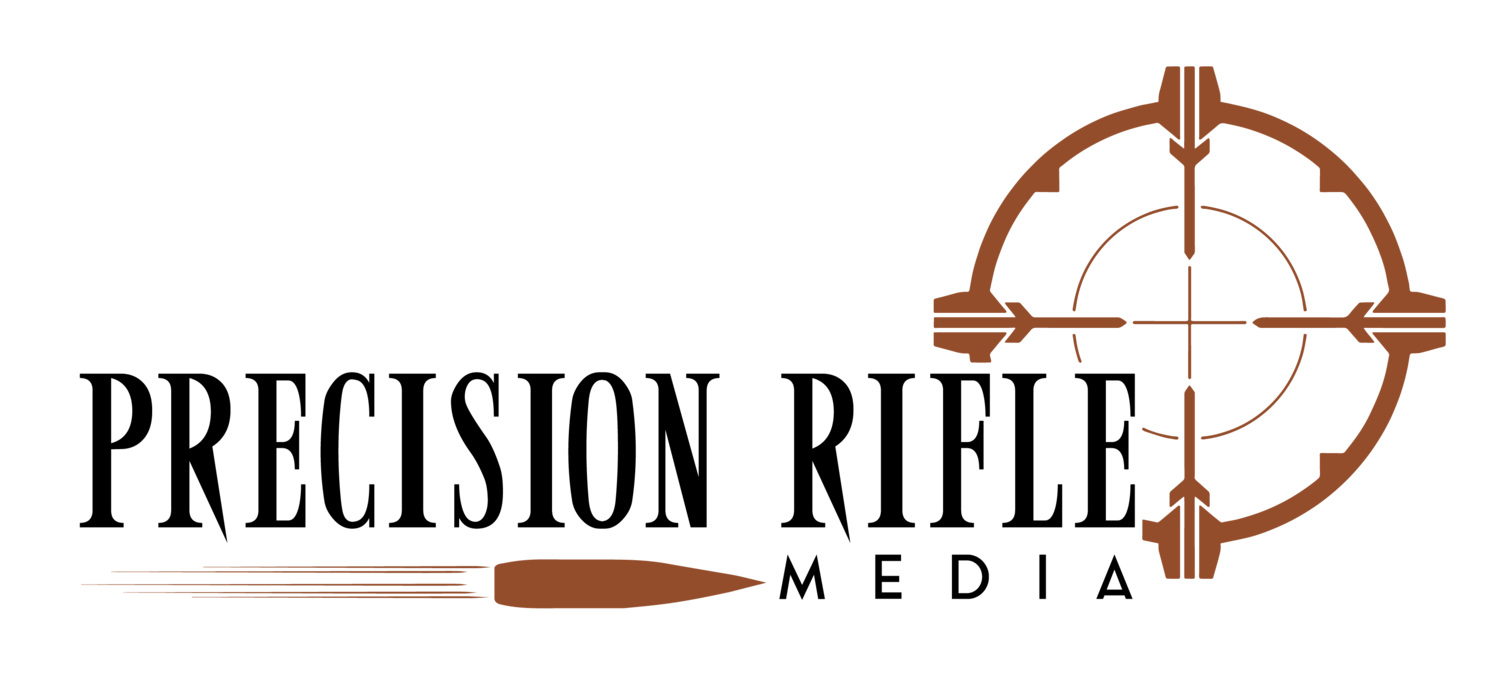Folks,
I was listening to the PRM Podcast with Colby Hodnett who at the very end introduced Speed Drop, a way of getting very quick elevation data which seemed similar to me as the wind speed method shared on these forums for MPH of your gun for wind holds.
This is what I believe to understand as he described it, he did it quick.
create a table for your gun:
He then goes on to explain to find the largest number and then your acceptable quick action error margin, say 0.2, and use that as your Speed drop number. The third column will start small grow and then shrink again. He says to use the largest number for your gun.
edit: Random target yardage given to you that you need quick dope for
770 yards
770/100=7.7
7.7-2.2=5.5 elevation which is spot on for my 6.5CM
This may be known to many here, but was new to me, and seemed interesting, and quick if someone rattled off a distance, 630 yards, 4.1 elevation.
A couple of questions:
1) this seems to break out around 1k yards, but he explained this for when you don't have time to look at your dope, outside your memorized dope, 300+ yards, and inside a range where you wouldn't have time to use your process. Is there a simple next chunk of math that works out at distance, similar to the MPH wind?
2) At the end he mentioned dialing below your zero, and having your reticle holds line up perfectly, I didn't follow this but I think it would be dial some number below your zero, and then if you have 720 yard target you would hold 7.2(which would deviate from your dope) which would be quick. You would leave your turret dialed below zero, and hold all yardages (divided by 100, 720/100=7.2). Did I hear this correctly, does it make sense?
Not sure if Colby has a hide account.

 www.precisionriflemedia.com
www.precisionriflemedia.com
I was listening to the PRM Podcast with Colby Hodnett who at the very end introduced Speed Drop, a way of getting very quick elevation data which seemed similar to me as the wind speed method shared on these forums for MPH of your gun for wind holds.
This is what I believe to understand as he described it, he did it quick.
create a table for your gun:
| 300 | 1.1 (real dope) | (300/100)- 1.1=1.9 |
| 400 | 1.8 | 2.2 |
| 500 | 2.3 | 2.3 |
| 600 | 3.6 | 2.4 - Find the largest number |
| 700 | 4.7 | 2.3 |
| 800 | 5.8 | 2.2 |
| 900 | 7.0 | 2.0 |
edit: Random target yardage given to you that you need quick dope for
770 yards
770/100=7.7
7.7-2.2=5.5 elevation which is spot on for my 6.5CM
This may be known to many here, but was new to me, and seemed interesting, and quick if someone rattled off a distance, 630 yards, 4.1 elevation.
A couple of questions:
1) this seems to break out around 1k yards, but he explained this for when you don't have time to look at your dope, outside your memorized dope, 300+ yards, and inside a range where you wouldn't have time to use your process. Is there a simple next chunk of math that works out at distance, similar to the MPH wind?
2) At the end he mentioned dialing below your zero, and having your reticle holds line up perfectly, I didn't follow this but I think it would be dial some number below your zero, and then if you have 720 yard target you would hold 7.2(which would deviate from your dope) which would be quick. You would leave your turret dialed below zero, and hold all yardages (divided by 100, 720/100=7.2). Did I hear this correctly, does it make sense?
Not sure if Colby has a hide account.

Precision Rifle Media
Last edited:


